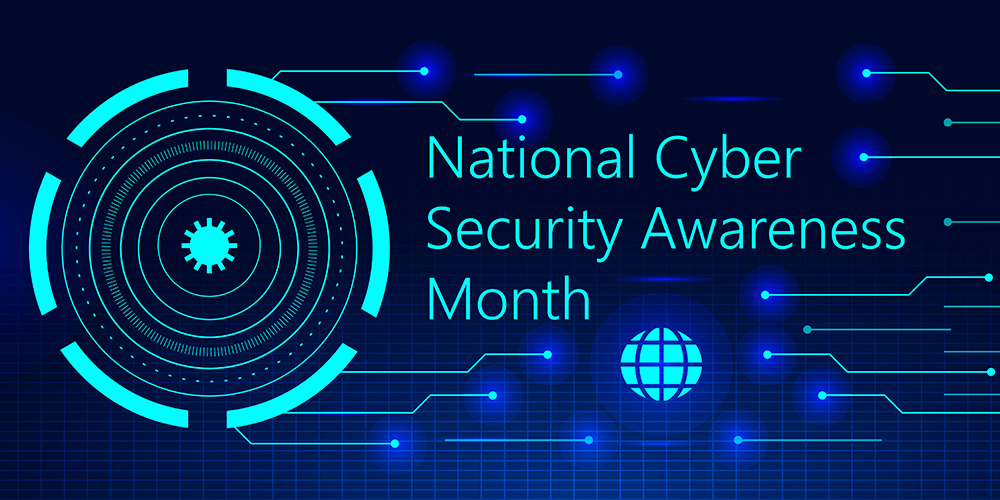|
In our rapidly advancing technological era, the impact of technology on social interactions is undeniable. With the proliferation of smartphones, social media platforms, and instant messaging apps, our lives have become increasingly intertwined with digital connectivity. While these advancements offer numerous benefits, they also present challenges that affect the way we interact and communicate with one another. One significant effect of technology on social interactions is the transformation of communication patterns. Traditional face-to-face conversations have been supplemented, and in some cases, replaced by digital exchanges. People now rely heavily on texting, emailing, and social media messaging to communicate, often sacrificing the richness of non-verbal cues and real-time interaction. This shift has altered the dynamics of social relationships, making it easier to stay connected but potentially reducing the depth and quality of human connections. Furthermore, the rise of social media has revolutionized how we portray ourselves and perceive others. Platforms such as Facebook, Instagram, and Twitter provide an outlet for self-expression, but they can also lead to a distorted perception of reality. People curate their online personas, presenting carefully selected images and moments that may not accurately reflect their true selves. This phenomenon can create unrealistic expectations and comparisons, leading to feelings of inadequacy and social anxiety. Technology has also impacted our ability to be fully present in social settings. The constant presence of smartphones and the allure of notifications, likes, and comments can distract individuals from engaging in meaningful face-to-face interactions. It is not uncommon to see people immersed in their devices while surrounded by friends or family, resulting in a diminished sense of connection and genuine engagement. Additionally, the anonymity and distance provided by technology can sometimes foster negative behaviors and online harassment. Cyberbullying, trolling, and online hate speech have become prevalent issues that can harm individuals emotionally and psychologically. The lack of face-to-face accountability and the perceived detachment from consequences can amplify these harmful behaviors, further eroding the fabric of social interactions. Despite these challenges, technology also offers opportunities to enhance social interactions. Video conferencing tools have allowed people separated by physical distance to connect and communicate in real-time. Online communities centered around shared interests can foster a sense of belonging and provide support. Social media platforms can be utilized as powerful tools for spreading awareness, promoting positive change, and connecting with like-minded individuals. In conclusion, technology has undoubtedly shaped the way we interact socially. While it has brought convenience and new avenues for connection, it has also introduced complexities and challenges. It is crucial to strike a balance between our digital lives and the quality of our offline relationships. Being mindful of how we use technology and actively seeking genuine face-to-face interactions can help counteract the potential negative impacts and ensure that social interactions remain fulfilling and meaningful in the digital age.  |
